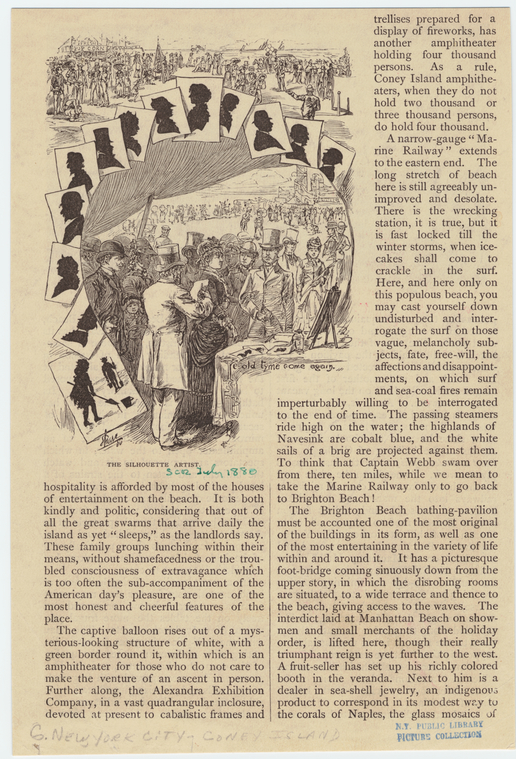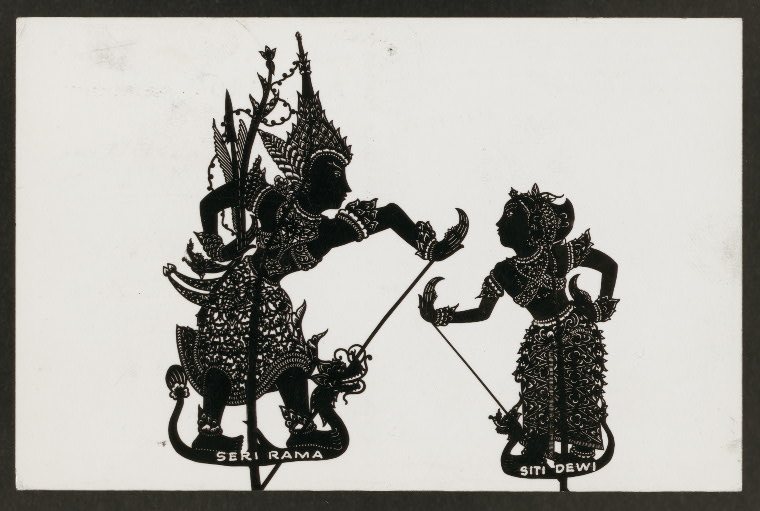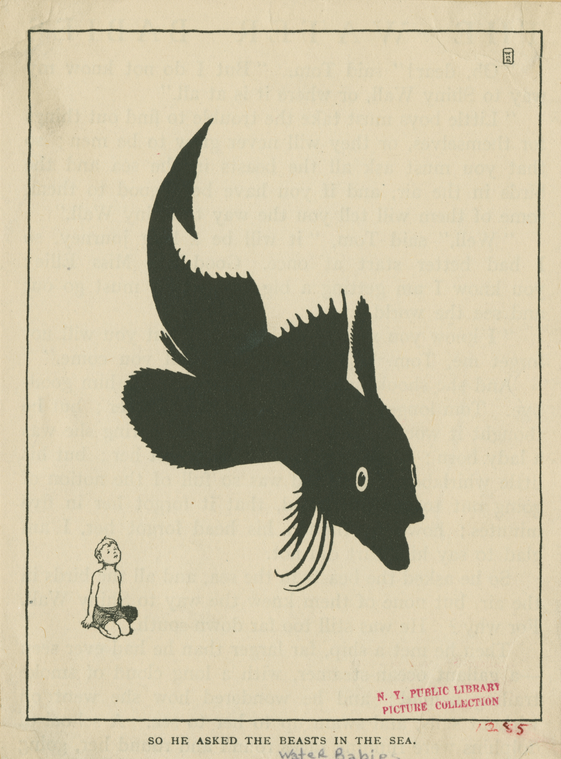Art and Architecture
Silhouettes, Shadows and Shades
 As the new movie Hitchcock has recently come into theaters, I am reminded of the silhouette so eloquently drawn at the beginning of the television series Alfred Hitchcock Presents. Before photography was a household staple, silhouettes provided an inexpensive way to record someone's likeness. And, as with Mr. Hitchcock, a shadow is often stunning in its ability to capture the likeness of a person or to tell a story.
As the new movie Hitchcock has recently come into theaters, I am reminded of the silhouette so eloquently drawn at the beginning of the television series Alfred Hitchcock Presents. Before photography was a household staple, silhouettes provided an inexpensive way to record someone's likeness. And, as with Mr. Hitchcock, a shadow is often stunning in its ability to capture the likeness of a person or to tell a story.

The craft of paper cutting in Germany, called Scherenschnitte, used the practice silhouetting as a story form, rather than portraiture. In the nineteenth century, Hans Christian Anderson followed the tradition by making impromptu cuttings from a variety of paper materials during oral storytelling sessions.

The cutouts were used in the first full-length animated film in 1926, Die Abenteuer des Prinzen Achmed, a German tale adapted from The Arabian Nights. Later, the film noir genre transformed the practice by using backlit silhouetted figures and shadows for dramatic effect, as seen in Hitchcock’s films. It is an idea also used heavily in photography. In the early 20th century, Francis Bruguiere created stunning shadowy photographs using cut paper abstractions.
![Lib. 3 Cap. 2y3 Lam. 3. [Diagrams of shadows cast by geometric shapes.], Digital ID 1565283, New York Public Library Lib. 3 Cap. 2y3 Lam. 3. [Diagrams of shadows cast by geometric shapes.], Digital ID 1565283, New York Public Library](https://images.nypl.org/?id=1565283&t=w)
The practice of paper cutting is still popular today. This craft employs a stealth hand with attention to detail to create intricate scenes cut from single sheets of paper. In the hands of contemporary artist Kara Walker, silhouetted vignettes tell stories, evoke a time period, and use the positive and negative space — the light and the dark areas, to set us in landscapes that often meet with controversy.
Have you made a silhouette of your likeness yet? It would make a great holiday gift.
For further exploration in the history, technique and art of silhouettes, shades and shadows, try the following titles:
History of Silhouettes
- Silhouette By Emma Rutherford (2009)
- Silhouettes, a Living Art By Peggy Hickman (1975)
- Miniatures and Silhouettes By Max von Boehn (1970)
- Silhouettes: an Introduction to Their History and to the Act of Cutting and Painting Them By Raymond Lister (1953)
- Shades of Our Ancestors: A History of American Silhouettes; a Collector's Guide, 1790-1840 By Alice Van Leer Carrick (1968)
- Auguste Edouart's Silhouettes of Eminent Americans, 1839-1844 (1977)
Contemporary Artists
- Bureau of Refugees. By Kara Walker (2008)
- Kara Walker: Pictures From Another Time (2002)
- Carrie Mae Weems: the Louisiana Project (2004)
Shadow in Architecture and Perspective
- Architectural Shades and Shadows By Henry McGoodwin (1989) (available digitally here)
- Light & Shade in Charcoal, Pencil and Brush Drawing By Anson Cross (2010) (available digitally here)
Paper cutting
- Scherenschnitte: Designs and Techniques for the Traditional Craft of PapercuttingBy Susanne Schläpfer-Geiser (1996)
- Silhouette Style: Techniques and Template Sets for Papercut Projects By Nanetta Bananto (2010)
- Paper Cutting: Contemporary Artists, Timeless Craft (2011)
- Paper Cuts: 35 Inventive Projects By Taylor Hagerty (2010)
- The Book of Paper Cutting By Chris Rich (1993)
- Folk Art Designs From Polish Wycinanki and Swiss and German Scherenschnitte By Ramona Jablonski (1978)
- Forms of paper. By Hiroshi Ogawa (1971)
- Cut-Art: an Introduction to Chung-Hua and Kiri-E By J. A. Christensen (1989)
- The Art of Chinese Papercuts: Traditional Chinese Arts and Culture By Daoyi Zhang (1989)
- Mexican Papercutting: Simple Techniques for Creating Colorful Cut-Paper Projects By Kathleen Trenchard (1998)
- The Amazing Paper Cuttings of Hans Christian Andersen By Beth Wagner Brust (1994)
Film and Photography
- Bruguière, His Photographs and His Life By James Enyeart (1977)
- Die Abenteuer des Prinzen Achmed (2002)
- Out of the Shadows: Expanding the Canon of Classic Film Noir By Gene D. Phillips (2012)
- Shadows and Reflections By Tana Hoban (1990)
Read E-Books with SimplyE
 With your library card, it's easier than ever to choose from more than 300,000 e-books on SimplyE, The New York Public Library's free e-reader app. Gain access to digital resources for all ages, including e-books, audiobooks, databases, and more.
With your library card, it's easier than ever to choose from more than 300,000 e-books on SimplyE, The New York Public Library's free e-reader app. Gain access to digital resources for all ages, including e-books, audiobooks, databases, and more.
If you don’t have an NYPL library card, New York State residents can apply for a digital card online or through SimplyE (available on the App Store or Google Play).
Need more help? Read our guide to using SimplyE.

Comments
Silhouettes & shades
Submitted by SLC (not verified) on January 29, 2013 - 10:29pm
flossie enyeart
Submitted by cynthia (not verified) on May 4, 2013 - 9:40pm
Flossie Enyeart
Submitted by Jessica Cline on May 5, 2013 - 2:22pm
shadows on shapes
Submitted by Liz (not verified) on May 24, 2017 - 4:25pm
shadows on shapes
Submitted by Jessica Cline on June 1, 2017 - 1:45pm